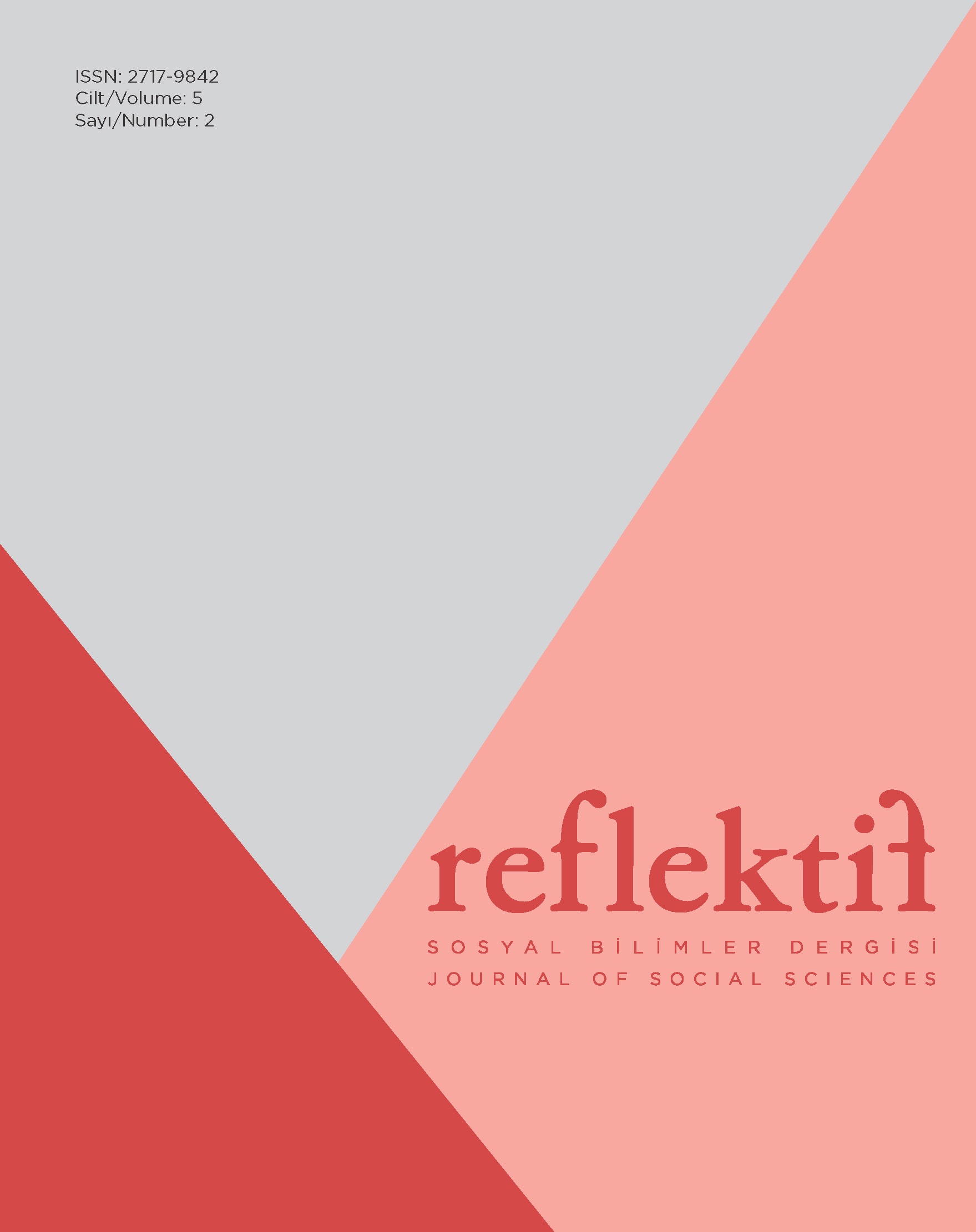“The Imagination Has a Life of Its Own”: Interview with Shoshanah Dubiner
DOI:
https://doi.org/10.47613/reflektif.2024.173Keywords:
Shoshanah Dubiner, biology and art, non-human, co-existing, metaphorAbstract
We interviewed Shoshanah Dubiner (1943), a designer, artist, and educator, about her life, work, and interest in biology. In Turkey, Dubiner is well-known for “Endosymbiosis: Homage to Lynn Margulis,” a piece of art that appears in Donna Haraway’s work Staying with the Trouble. We wanted to emphasize in the conversation the artist’s distinct perspective on art, which uses vivid colors and dynamic patterns to portray a vitality that is not limited to human beings. In her biologically inspired works, Dubiner proposes a conception of the body that goes beyond outward features. Her aesthetic understanding of cells, bacteria, molecules, enzymes, and other units and structures found in living things helps us navigate the non-human-centered paths of the world we currently live in. Her pieces, which go beyond the theory of correspondence and art as imitation, consist of a dance of dynamic metaphorical lines formed by intertwined-changing forms. Her art focuses our attention on becoming, co-breathing, and co-existing. She enables us to surrender ourselves to the forces that weave life together in this way.
Downloads
Published
How to Cite
Issue
Section
License
Copyright (c) 2024 Derya Avcı Dursun, Nihan Bozok

This work is licensed under a Creative Commons Attribution-ShareAlike 4.0 International License.
All manuscripts which are submitted to the REFLEKTIF Journal of Social Sciences should not be published, accepted and submitted for publication elsewhere.
In case an article is accepted for publication it is allowed to combine the article with other researches, to conduct a new research on the article or to make different arrangements on condition that the same license is used including the commercial purpose.
As an author of an article published in REFLEKTIF Journal of Social Sciences you retain the copyright of your article and you are free to reproduce and disseminate your work.




